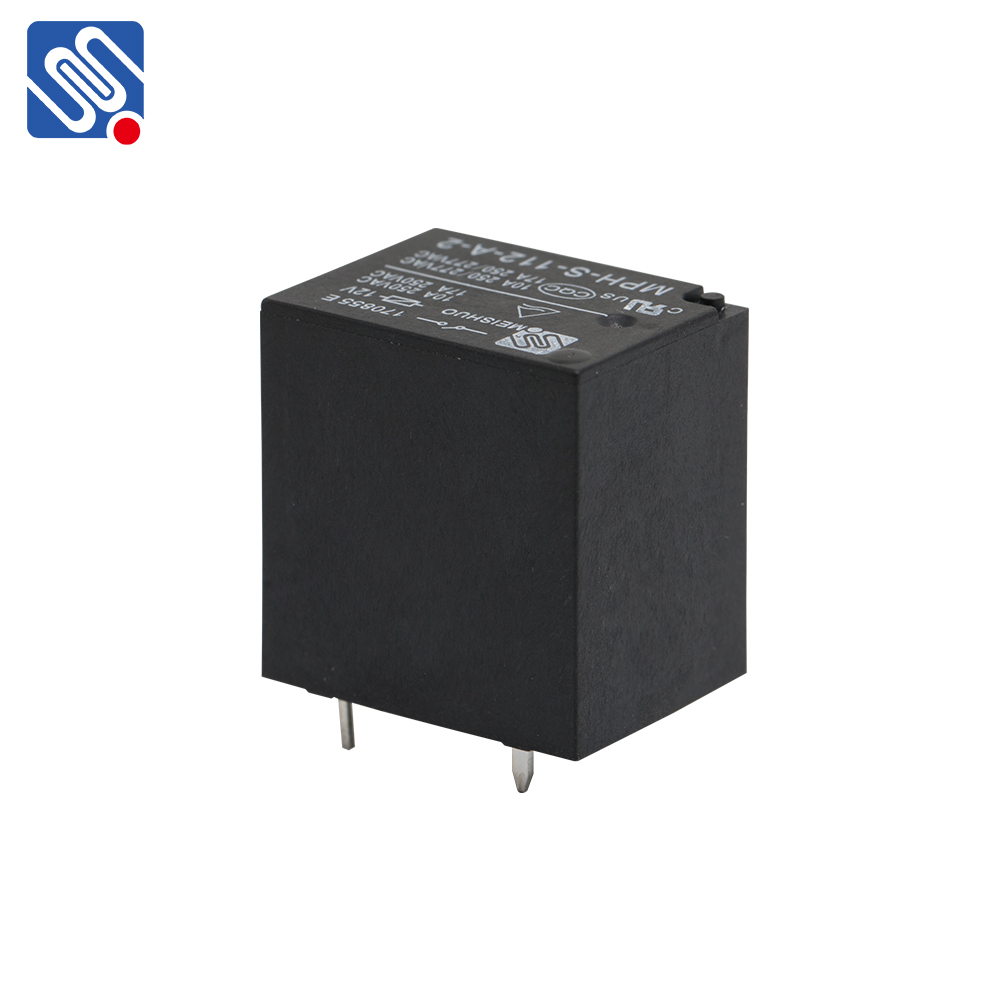understanding relay specifications: key features and considerations
Release time:2025-10-22 13:31:23
Relays are vital components used in electrical circuits to control a high-power circuit with a low-power signal. Whether it's for automotive applications, industrial machinery, or home automation systems, relays provide reliable switching functionality. Understanding the specifications of a relay is essential for selecting the right one for any given application. In this article, we will break down the critical relay specifications, helping you grasp the various parameters that dictate its performance.

1. Rated Voltage
The rated voltage refers to the voltage at which a relay operates optimally. It is divided into two parts: coil voltage and contact voltage. The coil voltage is the voltage needed to activate the relay, typically specified in DC or AC, with common values such as 5V, 12V, or 24V. The contact voltage defines the maximum voltage the relay's contacts can safely handle when the relay is closed and carrying current. For instance, a relay might have a rated contact voltage of 250V AC, meaning it can switch loads up to 250 volts without damage.
2. Rated Current
The rated current of a relay defines the amount of current that can flow through its contacts without causing damage or failure. It typically refers to the load current that the relay's contacts can carry in a steady state. For example, a relay might be rated for 10A, meaning it can switch circuits carrying up to 10 amps of current without overheating or experiencing excessive wear.

